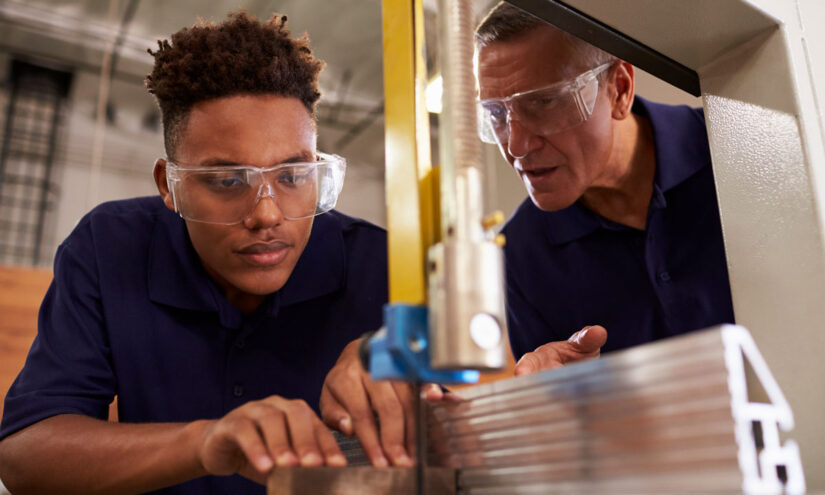Classroom to Factory Floor: Can Education Be the Blueprint for Trump's Manufacturing Comeback?

In the complex landscape of education reform, the president's ambitious workforce development plan hinges on a critical transformation: schools must revolutionize career and technical education (CTE) to become even more effective than their current approaches to core academic subjects like math and reading.
The challenge is substantial. While traditional academic instruction has long been the cornerstone of educational strategy, the emerging workforce demands a more dynamic, skills-focused approach. Career and technical education represents not just an alternative pathway, but a critical bridge between classroom learning and real-world professional opportunities.
For this vision to succeed, educational institutions must fundamentally reimagine their curriculum. This means moving beyond theoretical knowledge to create immersive, practical learning experiences that directly align with industry needs. Schools must become agile training grounds that equip students with tangible skills, cutting-edge technical knowledge, and the adaptability required in today's rapidly evolving job market.
The stakes are high. By elevating career and technical education to a level of excellence that surpasses traditional academic instruction, we can unlock unprecedented opportunities for students, address skills gaps, and create a more robust, responsive educational ecosystem that truly prepares young people for successful careers.
